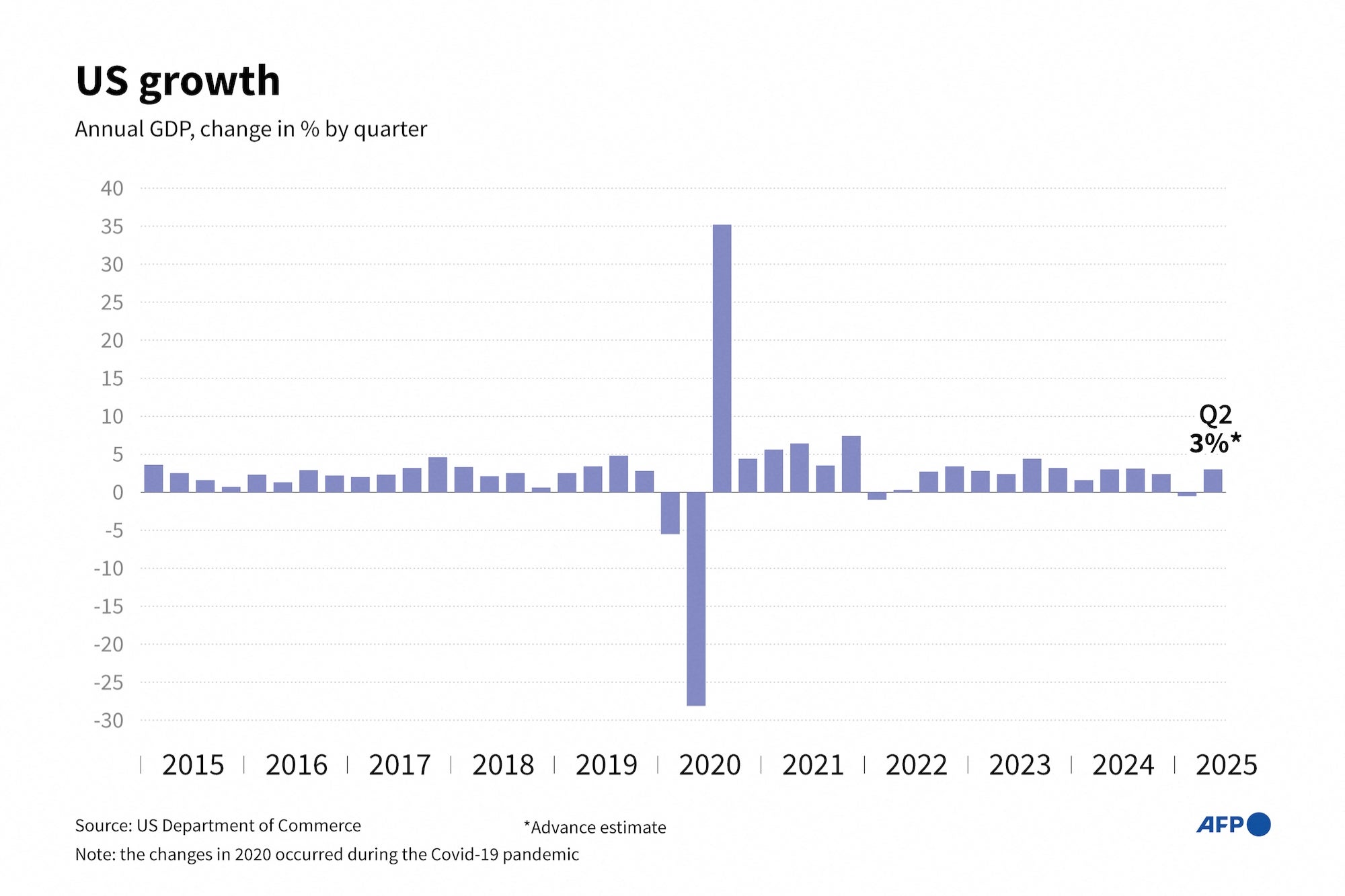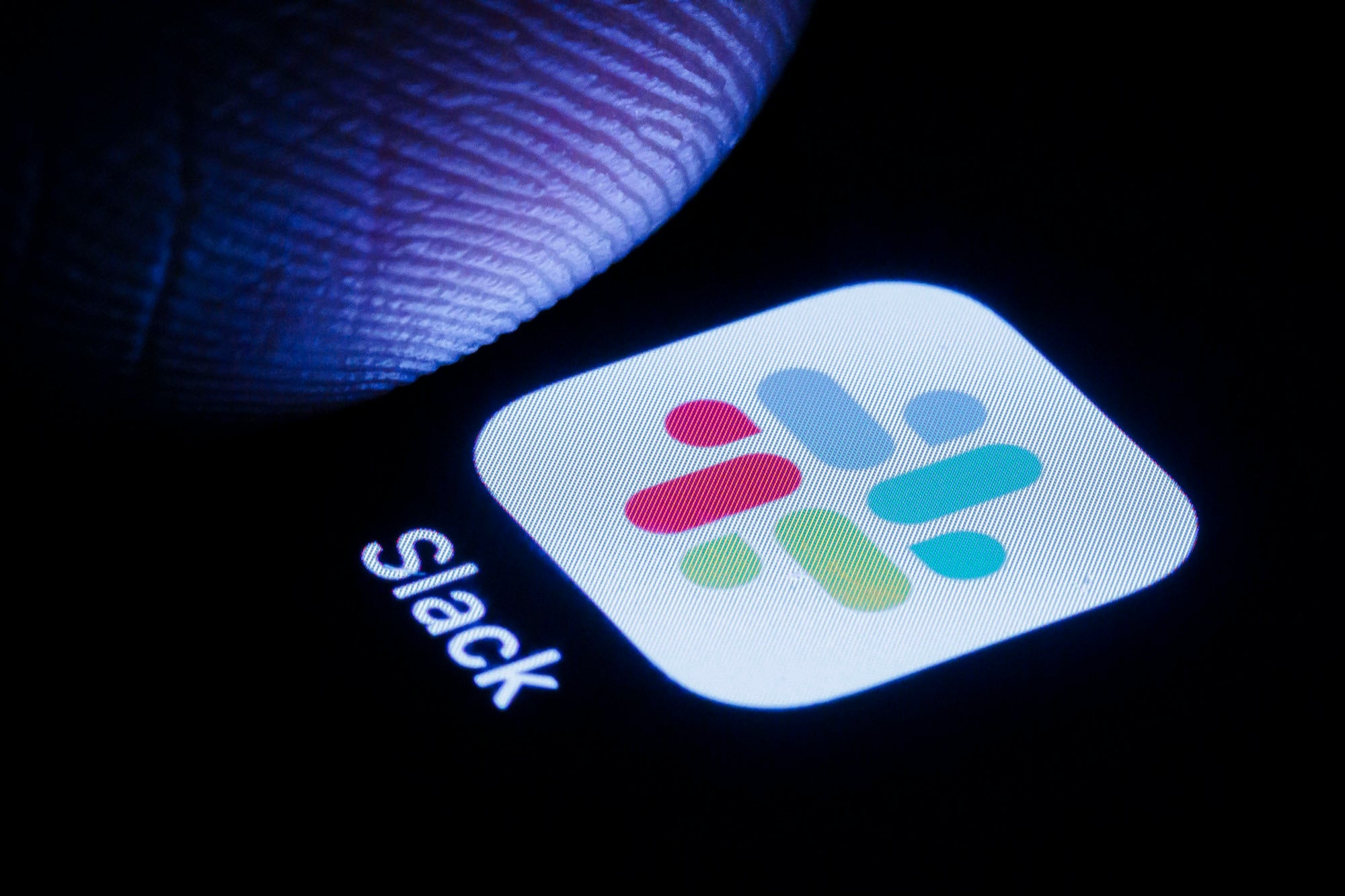Opinions expressed by Entrepreneur contributors are their own.
If you ask a large language model (LLM) like ChatGPT or Google Gemini to solve your customers’ pain points, it will give you an answer based on the easiest-to-verify information. That often includes published articles, consistent founder commentaries, structured product pages and other third-party references. If those answers do not include your brand, these learning models default to featuring your competitors.
That’s the practical risk facing every founder today. As more work is automated and teams are expected to deliver more with less, clarity and credibility become the real leverage. Thought leadership is how you make yourself findable and trustworthy in this machine-mediated era.
Related: How to Get Your Business Recommended by AI Tools Like ChatGPT — and Win More Clients
Founder-led storytelling remains the strongest defense for brand voice and trust
Your brand voice is essentially your company’s personality. If you don’t define it, it will show up differently across every channel. The best way to set it is through your origin story. As the founder, only you can explain in clear and plain language why the company exists, what it stands for and who it’s built to serve.
Once that story is established, make it the reference for everyone, both internally and externally. Put it in your website’s About page, your brand guide, and your sales and support playbooks. Marketing, sales and customer support can then use the same voice and terms. This will create a brand that is more consistent and can easily gain the trust of people wherever they encounter it.
Build an algorithm-aware media strategy to boost rankings in Google and AI-driven searches
Thought leadership only works when it can be verified, which means you have to make it easy for search engines and LLMs to back up your claims.
Start with the questions your buyers actually ask. Most revolve around defining the real problem, comparing options and reducing risk. Answer those questions where authority already exists in your niche. This could be through credible industry outlets, top-tier publications and expert communities. Use bylines and interviews that offer unique insights (not recycled talking points). On your website, turn the same answers into clear explainers with precise terms, clear CTAs and referenceable data.
To make your content easy for machines to verify and include you in search results, add a special code to your website that explicitly tells search engines who the founder is, what your company is, what your products are and which articles you wrote. This helps connect all the pieces for LLMs to prove that a real expert with a credible backstory runs your company.
Additionally, you can maintain a current press page with original headlines and dates. Treat trusted review sites, relevant directories and active communities as part of your digital footprint. The goal is a clean trail of evidence that points back to you, so when an LLM composes an answer, your materials are the easiest to cite.
One thing you must remember is always to keep your language aligned with how buyers search. Use their words. Write headlines that mirror actual searches. If the industry’s terminologies change, start incorporating those new terms into your messaging. However, frame these new terms within your unique brand philosophy to avoid sounding generic (like everyone else). This helps you rank in Google and increases the odds that an LLM selects your content.
Related: How to Make Sure ChatGPT Recommends Your Products — Not Your Competitor’s
Lead with authenticity and adopt an adaptive approach to stay ahead of AI changes
As AI systems and their search results continue to evolve, the best way to stay ahead is to ground your brand in authenticity. This means making clear and testable claims and consistently relating your services and products to consumers. Such transparency builds credibility with the public while giving LLMs a history of precise, trustworthy updates to learn from.
A practical way to get this done is with a monthly review cycle. Each month, see how AI models are describing your brand and your market. If you spot a gap between their summary and your actual status, you can close the gap with a new case write-up or a refreshed product page.
You’ll also want to monitor changes in search engines like Google. To stay visible, watch how the results page changes and format your content to match what works best, like creating Q&A sections. An internal style guide with official (approved) verbiage and up-to-date stats can also be helpful, as it allows your team to create new content quickly that’s consistent in all channels.
Related: How to Train AI to Actually Understand Your Business
Redefining the founder’s role in the AI era
These three strategies are not a series of short-term hacks to outsmart AI. These are the foundational works of building a sustainable digital reputation.
In an era where generic information is endlessly commoditized by AI, your unique judgment, firsthand experience and specific point of view as a founder are the only true differentiators. I have personally designed (and proven) these strategies to make that authentic human expertise so clear and well-documented that both machines and people can recognize and rely on them.
Remember that you are not only trying to avoid being misrepresented by AI; you are actively building a moat of credibility that competitors who rely on vague claims and recycled content cannot cross. This redefines a core part of your job as the founder: to be the only source and chief editor of your brand’s voice.
If you ask a large language model (LLM) like ChatGPT or Google Gemini to solve your customers’ pain points, it will give you an answer based on the easiest-to-verify information. That often includes published articles, consistent founder commentaries, structured product pages and other third-party references. If those answers do not include your brand, these learning models default to featuring your competitors.
That’s the practical risk facing every founder today. As more work is automated and teams are expected to deliver more with less, clarity and credibility become the real leverage. Thought leadership is how you make yourself findable and trustworthy in this machine-mediated era.
Related: How to Get Your Business Recommended by AI Tools Like ChatGPT — and Win More Clients
The rest of this article is locked.
Join Entrepreneur+ today for access.








